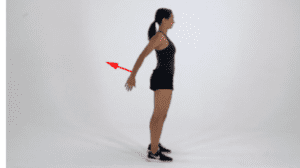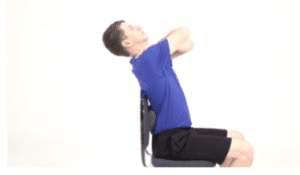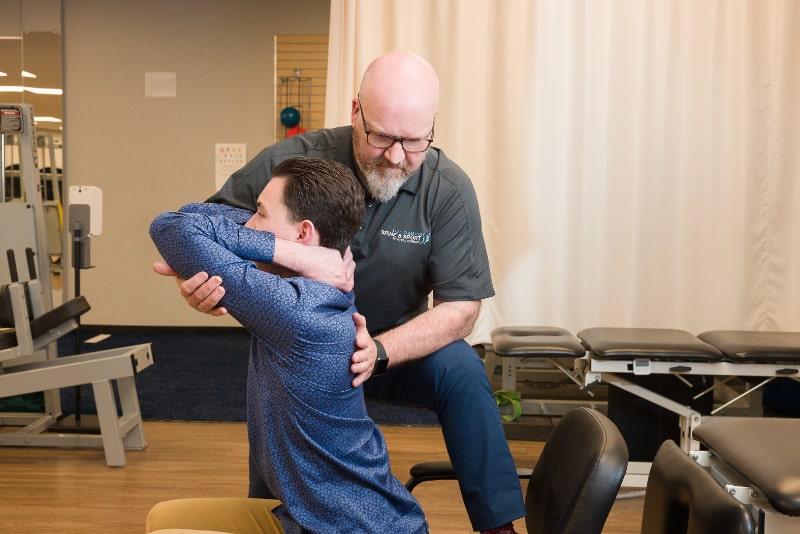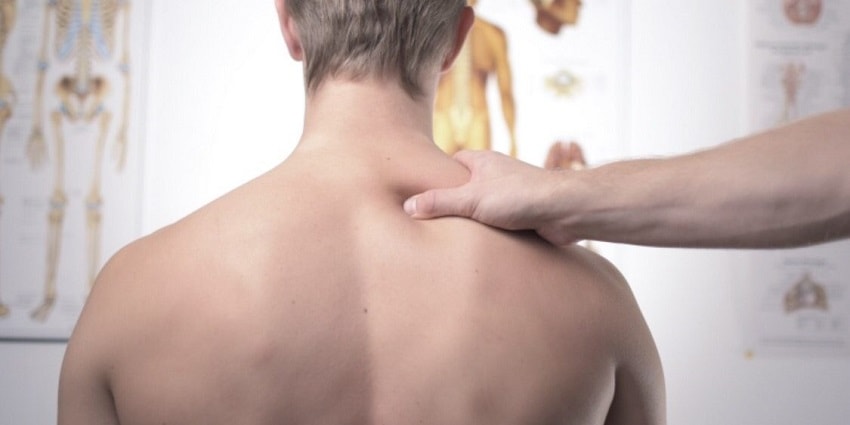Let’s Stretch Together!
National Stretching Day and most people would say they understand the benefits of stretching, but not everyone is committed to staying loose with a regular routine. While regular long stretching sessions are beneficial, especially for athletes or active individuals, how can we maintain flexibility if we do not have the time to commit? Here are some tips to help you stay loose even if you are stuck at the office.
The most common stretches are focused on “flexibility” or lengthening the muscles which is important to prevent injury. These should be completed in a dynamic movement fashion to warm up before activity and should be completed as 30-60 seconds static holds after activity.
However, muscles are not the only part of our body that get “tight”. We also have to consider our joints or “mobility” as well. We like to say that Motion is Lotion. These repeated movements assist with lubricating our joints with nutrient-rich fluid which in turn will help maintain range of motion and decrease pain and stiffness.
Most of the population (around 80%) will complain of back or neck pain in their life. Our spine is made up of lots of different joints, so it is susceptible to stiffness resulting in common complaints of neck and back pain. When we stay still for too long, such as sitting at our desk, our joints are not lubricated and we can lose mobility over time.
For those that are stuck behind a desk, try these easy office stretches to break up your day, improve your posture, improve your mobility, and reduce your chance of developing back or neck pain.
Try to perform up to 10 reps at a time and do at least one stretch every 1-2 hours. 2-3 minutes of stretching periodically throughout your day can be more beneficial than 1 intensive hour-long session.
If you have any specific questions or concerns and would like a personalized evaluation, please contact one of our six locally-owned clinics. We will provide you with a personalized plan of action based on your goals. We want to get you back to doing the activities you enjoy as quickly as possible.









